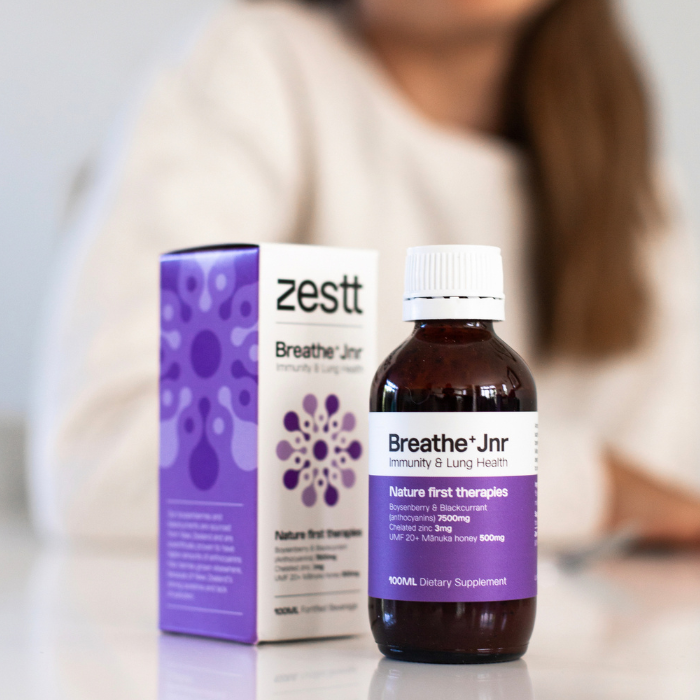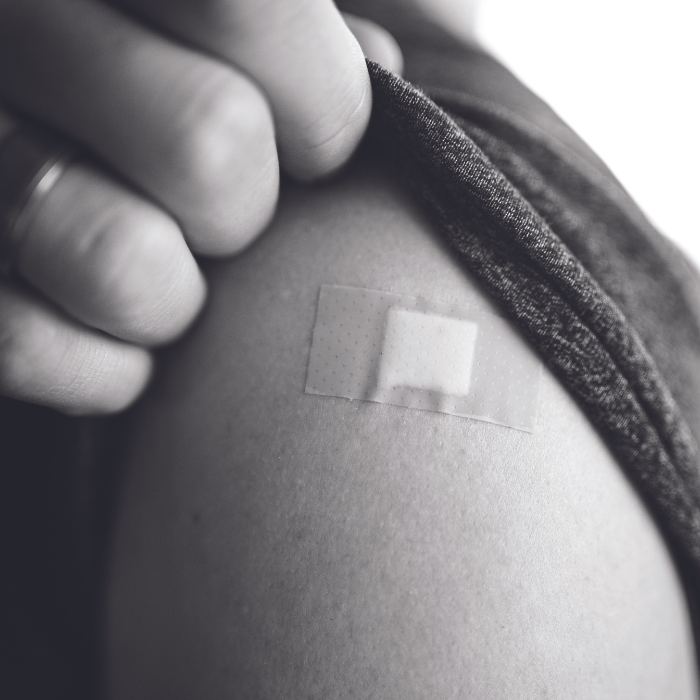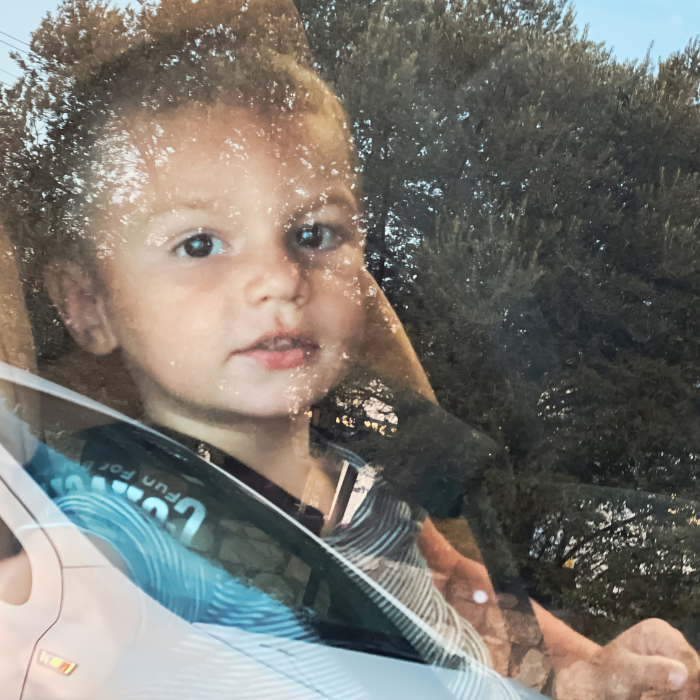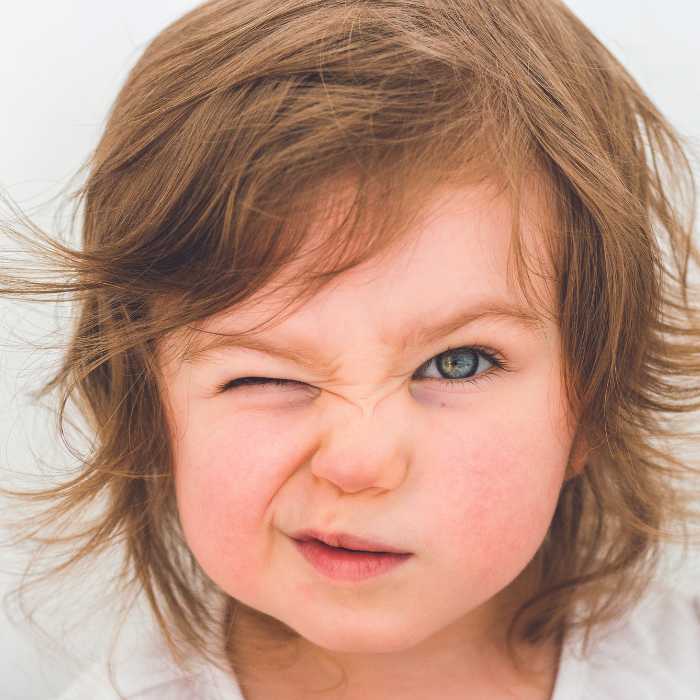
Allergies, eczema, hives… Yvonne Walus runs through some of the common causes of skin problems in children.
1. Baby acne
These are red pimples that appear on a baby’s face or back. It’s a common condition; your baby may already be born with acne, or spots may appear within the first two to four weeks. Acne may become more pronounced if your baby is fussy or crying. Because baby’s skin is sensitive, no treatment is prescribed. The condition usually lasts for a few weeks or months. Be patient and wait for it to clear. Baby acne is not the same as milia, which are tiny white spots on the baby’s face.
2. Important
Is is meningitis? A fever with a rash that doesn’t fade when you press a glass to it could indicate blood poisoning (septicaemia). Get medical help immediately. A rash could be caused by viral infections such as measles, rubella, scarlet fever, etc. Even if your child is vaccinated, they can still get a milder form of the illness, usually accompanied by a fever. If your child’s lips or tongue swell up, they could be experiencing anaphylaxis, a very serious allergic reaction. Call 111 immediately. If a skin condition doesn’t clear up within a week, consult a doctor for stronger ointment, or tests to determine the nature of the outbreak.
3. Nappy rash
Any redness or irritation that appears in the area usually covered by the nappy is caused by wetness or artificial substances in baby wipes. You prevent nappy rash by keeping your child’s genital area clean and dry, allowing lots of nappy-free time, and using generous amounts of barrier cream (if you can’t see the cream, it won’t be effective). You can also try using old face cloths dipped in water or olive oil for wiping, and cornflour for keeping the area dry.
4. Cradle cap
Cradle cap is a thick, scaly, flaky area on your baby’s head. Experts suggest that it may be caused by an overproduction of oil glands, and that it is associated with food intolerance and inflammation. They advise trying to eliminate potential allergens in the baby’s diet, such as dairy (or sometimes just cow’s milk), gluten, or egg. This does not mean that your child is off a particular food group forever – many children eventually outgrow their allergies. Cradle cap doesn’t hurt your baby. It will disappear in time. If it becomes red and itchy, however, consult a doctor.
5. Eczema
In babies, eczema usually presents as dry and thickened skin. There may be red, itchy, and oozing rashes. Scratching it can lead to infection or scarring. Hand mittens can keep baby’s nails away from the skin, and can remind a toddler not to scratch. While the eczema is present, avoid daily baths and soap, because stripping the skin of natural oils will make it dry and flaky. Make sure your child’s room is not too hot and not too cold. It may be tricky to determine whether the eczema is caused by an allergen or an irritant. Be on the lookout for anything the child may be reacting to, from house dust and feathers in pillows, to dietary patterns and washing powder. Your doctor will suggest the best way forward, though keep in mind that a child should be at least two years old before a skin prick test yields reliable results (the test involves coating a needle with a suspected allergen and then scratching a spot on the skin).
6. Mouth rash
Redness and tiny bumps around the mouth area are caused by drool, which acts as an irritant and can be particularly persistent during teething. Coat the skin with petroleum jelly or barrier cream before and after feeding. The rash should subside with time, but if a yellow crust forms, contact your GP.
7. Heat or sweat rash
A heat rash is a caused by blocked sweat ducts beneath the skin. It’s a common condition in hot, humid weather, or after physical exertion. The rash may appear as blisters or red bumps, and it may feel itchy or prickly. It usually goes away by itself within days, but cool air and breathable clothing will help.
8. Psoriasis
Psoriasis is very itchy. It manifests as red raised areas and thick scales on the skin, especially the scalp, knees, elbows, and torso. It’s not contagious, but it is long-lasting. Some people inherit the genes that make them susceptible to this condition. For most children, psoriasis is just an inconvenience, but it can make them feel self-conscious or even depressed about how they look. Although there is no cure, maintaining a healthy diet seems to ease the symptoms. While we don’t know why some people get psoriasis, we do know how it works. In a healthy person, white blood cells attack bacteria, viruses, and other things that harm us. In someone with psoriasis, however, white blood cells attack healthy cells as if they were the enemy. The immune system responds by sending more blood to the area and making more skin cells and more white blood cells. This forces skin cells to rise to the surface and build up on as those thick, red patches. When the skin cells die, they form silvery scales that eventually flake off. There are many different types of psoriasis. Common types that affect children include plaque psoriasis as described above, as well as Guttate psoriasis that usually shows up after an illness as small red spots. A doctor can try to minimise the symptoms with: Topical treatments: Creams, ointments, moisturisers, prescription corticosteroids, vitamin D lotions, salicylic acid shampoo, and coal tar. Light therapy (phototherapy): Using ultraviolet light or laser therapy on the affected skin.Medications: Prescription pills, shots, or IV. Some of these can have serious side effects and may not be safe for children.
9. Hives
Hives are swollen, reddish blotches on the skin, triggered by histamine, a chemical released by the body on exposure to allergens. Common foodstuffs to check for include eggs, peanuts, tree nuts, milk, seafood, and soy. Hives can also be caused by changes to the room temperature, insect bites, or even a virus. Though not infectious, they can spread to various parts of the body, and take several weeks to clear.
10. Hand, foot and mouth disease
A viral infection in children under 10, and particularly in preschoolers, it spreads by coughing or sneezing, or by contact with mucous, saliva, or blisters of an infected person. Washing hands and cleaning objects such as door handles and toys helps decrease the chance of spreading the infection. Symptoms include mild fever, loss of appetite, sore throat, red blisters in the mouth or skin, and weakness. Keep your child at home, and don’t allow contact with others until all the blisters dry out in three to seven days. Very rarely, it can cause a more severe body rash. Take your child to the doctor if they can’t drink because of a painful mouth, have had fewer than four wet nappies in 24 hours, or they are not getting better after a few days.
11. Molluscum Contagiosum
Despite having a “mollusc” in its name, molluscum contagiosum is caused by a virus. This skin infection appears as round, hard, painless spots that look a bit like chicken pox, but are not accompanied by a fever, and can last for months. The condition spreads through contact with an infected person or an object they’ve touched, including shared towels and bedding. The spots usually disappear without treatment, but you can speed up recovery with an apple cider vinegar bath (one cup of vinegar in a tub of warm water), a natural topical treatment called Poxiderm, or Gentian Violet.
12. What else can it be?
• School sores (impetigo) are caused by Streptococcus or Staphylococcus bacteria. The condition is highly contagious through skin contact. At first, it consists of small, itchy blisters that rupture, leaving red, open patches of skin. The sores heal in a few days, though yellow crust may form over the rash. Treat it with topical or oral antibiotics.
• Scabies are pink bumps filled with fluid, often appearing in a row, and are very contagious via skin-to-skin contact. The itching gets worse at night or after a warm bath because it’s caused by tiny mites that burrow and lay eggs inside the skin. To get rid of it, apply a special chemical (called scabicide) to the whole family, and wash all clothes, bedding, and towels in hot water.
• Athlete’s Foot and Jock Itch is a red, scaly, cracked rash in crevices of the body. The rash itches and burns, and is common in teens. Before age 10, it’s usually something else.
• Flea bites usually occur as itchy bumps on lower legs. Bedbug bites form straight lines of red itchy spots on shoulders and torso. They may look like chicken pox, but a flea or bedbug bite will turn white when pressed and won’t blister.
• Sea lice are microscopic larvae of jellyfish, whose sting can itch for weeks. Use an ice pack or ask the doctor about antihistamine ointments.








